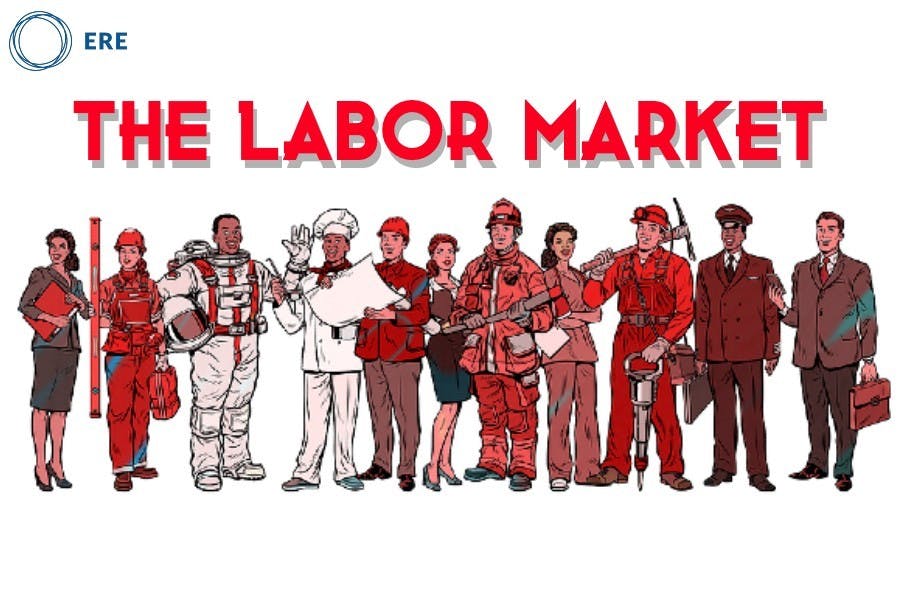The economy is improving. Don’t believe me. Believe the numbers::
- 4.8 million jobs added in June as the unemployment rate declined to 11.1% from 13.3% in May, continuing a labor market rebound from the economic shutdown that started in March. (The May jobs number was also revised significantly, going from a reported loss of 2.8 million to a gain of 3.1 million.)
- The number of new workers applying for unemployment benefits reduced by 99,000 to 1.3 million.
- Layoffs fell back to their pre-pandemic levels, further stemming the damage — 1.8 million workers were laid off in May, down from 7.7 million in April and 11.5 million in March. Workers on temporary layoff are also getting called back in increasing numbers.
- Consumer confidence rose 12.2 points, and the percentage of consumers saying jobs are “plentiful” increased from 16.5% to 20% , while those claiming jobs are “hard to get” decreased from 29.2% to 23.8%. An increase in consumer confidence indicates more spending, which is crucial to a recovery.
- CEO confidence rose 10 points — 71% of CEOs expect economic conditions will improve in the next six months, while only 16% expect conditions to worsen. This is significant because it predicts increased investment and hiring to take advantage of an economic expansion. Employment is a lagging indicator of economic conditions.
Yes, the economy still has about 15 million fewer jobs than there were at the start of the year, but a solid “V-shaped” recovery seems underway.
The jobs are coming from a wide range of sources. In June, employment in leisure and hospitality rose sharply as restaurants and hotels opened up. Indeed, employment in leisure and hospitality increased by 2.1 million jobs last month, accounting for about 40% of the overall gain. Restaurants and bars were the main drivers, gaining about 1.5 million jobs.
Notable job gains also occurred in retail trade, education, and health services, manufacturing, and professional and business services. Likewise, factory activity expanded rapidly, reflected in a big jump in the Purchasing Managers Index to 52.6 from 43.1 in May, as new orders, production, and prices rebounded. And finally, increases in the price of oil have indicated a reopening of oil fields and fuel production as energy demands increase and consequently generate a need for labor.
Hold the Champagne
While the positive news on jobs exceeded all expectations, the labor market has only recouped three out of every ten jobs lost, and there are still speed bumps ahead. A surge in coronavirus is causing states to scale back or halt reopening, while a second wave could again put a freeze on hiring as millions of businesses are forced to close again.
The pandemic has also caused permanent damage to the labor pool. The number of permanent job losers increased from 588,000 to 2.9 million in June. There are also about 10.6 million workers that were furloughed or temporarily laid off and have yet to be called back. This represents a long-term risk as the longer they remain unemployed, the more likely they are to become permanently laid off. Many of them will become discouraged and leave the labor force, shrinking the labor pool.
At the same time, workers in industries that are export-dependent may be severely impacted because much of the world is in a severe recession. Unemployment in the world’s advanced economies is projected to end the year higher than at any time since the Great Depression and is not likely to return to its pre-pandemic levels until 2022, at the earliest.
Reason for Hope
From a labor-market perspective, it’s likely that the worst is over. Re-openings may be on pause, but no one is seriously considering another broad lockdown, in the United States.or elsewhere. Changes in behavior, including the use of masks and social distancing, are necessary to ensure that the virus does not threaten a recovery, and here, too, the signs are encouraging. A survey by McKinsey found that the use of masks and respirators is nearly universal across the country — 97% of respondents said they wear a mask at least once in a typical week, and this is a behavior that may endure. A majority of respondents said they expect to wear masks nine months from now.
We’re not out of the woods yet, but we have every reason to be optimistic.
